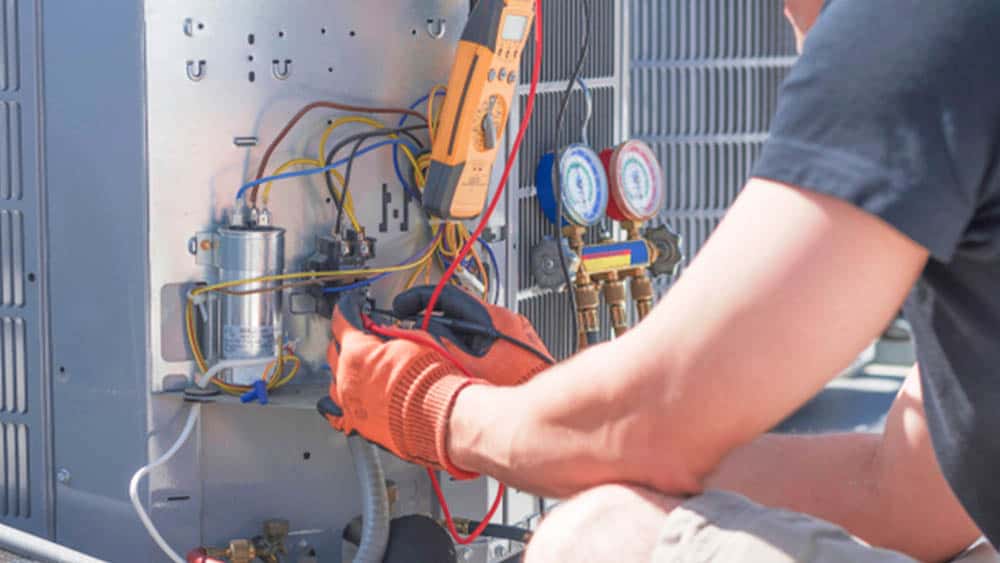When it comes to heating, ventilation, and air conditioning (HVAC), there is often some confusion surrounding the term and its components. One question that arises frequently is, “Does HVAC include AC?” To address this query, it’s essential to delve into the nuances of HVAC systems and the role of air conditioning within them.
Understanding HVAC
HVAC is an acronym that stands for heating, ventilation, and air conditioning. It encompasses a wide range of systems and technologies designed to control the temperature, humidity, and overall air quality in residential, commercial, and industrial environments. The primary goal of an HVAC system is to provide thermal comfort and high indoor air quality.
The Components of HVAC
Heating systems, such as furnaces, boilers, and heat pumps, are responsible for generating warmth during colder months. Ventilation involves the process of exchanging indoor and outdoor air to maintain high air quality, while also regulating moisture levels and removing odors and contaminants. Finally, air conditioning systems play a pivotal role in cooling indoor spaces and controlling humidity.
Understanding Air Conditioning (AC)
While often used interchangeably with HVAC, air conditioning specifically refers to the process of cooling and dehumidifying indoor air. AC systems work by using refrigerants to absorb and dissipate heat, thus lowering the temperature within a building. By doing so, they create a comfortable and temperate environment, especially during hot summer months.
Does HVAC Include AC?
The short answer is yes; HVAC does include AC. As mentioned earlier, air conditioning is a fundamental component of HVAC systems. However, it’s important to recognize that HVAC encompasses a broader spectrum of functions beyond just cooling, such as heating and ventilation.
The Intersection of HVAC and AC
One way to understand the relationship between HVAC and AC is to view air conditioning as a subset of HVAC. While HVAC refers to the entire climate control system within a building, AC specifically targets cooling and dehumidification. As such, AC forms an integral part of the overall HVAC infrastructure.
Key Differences and Similarities
Despite being closely related, HVAC and AC also have distinct characteristics. Understanding these disparities is crucial for property owners and HVAC professionals alike.
| Aspect | HVAC | AC |
|---|---|---|
| Function | Heating, ventilation, air conditioning | Cooling, dehumidification |
| Components | Heating systems, ventilation mechanisms, air conditioning units | Compressor, condenser, evaporator, expansion valve |
| Scope | Comprehensive climate control | Temperature regulation and humidity reduction |
From the table above, it’s clear that HVAC covers a broader spectrum of functions, including heating and ventilation in addition to air conditioning. On the other hand, AC is specifically geared towards cooling and dehumidification, with a more focused set of components and objectives.
The Importance of Professional Maintenance
Regardless of whether one is dealing with HVAC or AC systems, regular maintenance is crucial to ensure optimal performance and longevity. HVAC professionals can conduct thorough inspections, clean ductwork, replace filters, and address any potential issues before they worsen. By investing in professional maintenance, property owners can improve energy efficiency, indoor air quality, and overall comfort levels.

Credit: cielowigle.com
Conclusion
So, in response to the initial question, “Does HVAC include AC?” the answer is a resounding yes. While HVAC covers a broader set of functions encompassing heating, ventilation, and air conditioning, AC specifically targets cooling and dehumidification within the larger HVAC framework. Understanding the intricate relationship between these systems is pivotal for anyone seeking to create a comfortable and healthy indoor environment.
By grasping the distinctions and synergies between HVAC and AC, property owners and HVAC professionals can make well-informed decisions regarding installation, maintenance, and upgrades, ultimately contributing to enhanced comfort and efficiency within residential, commercial, and industrial spaces.

